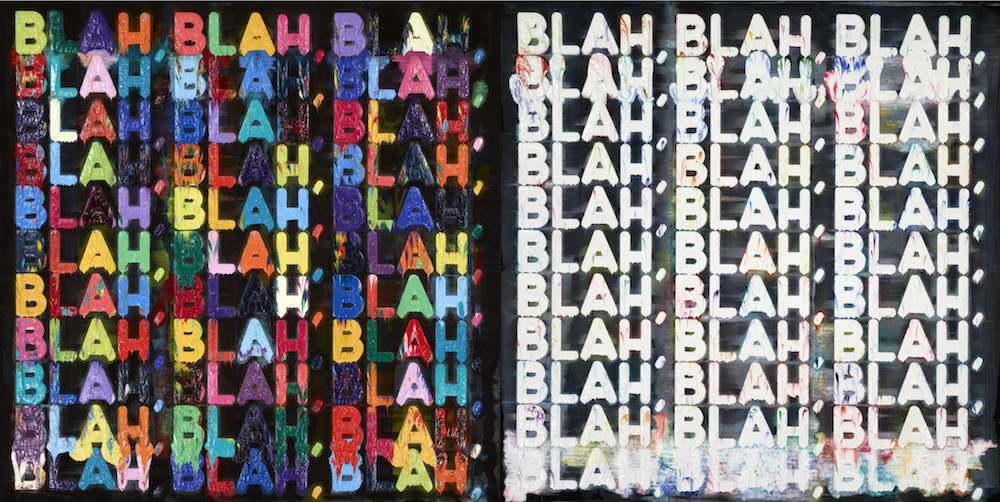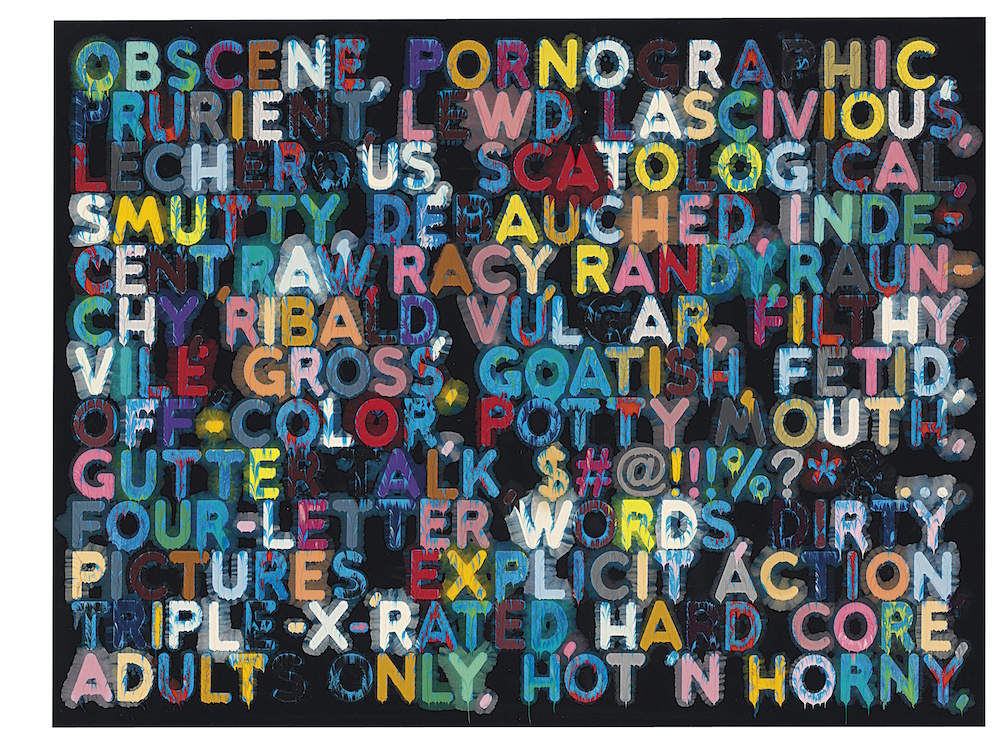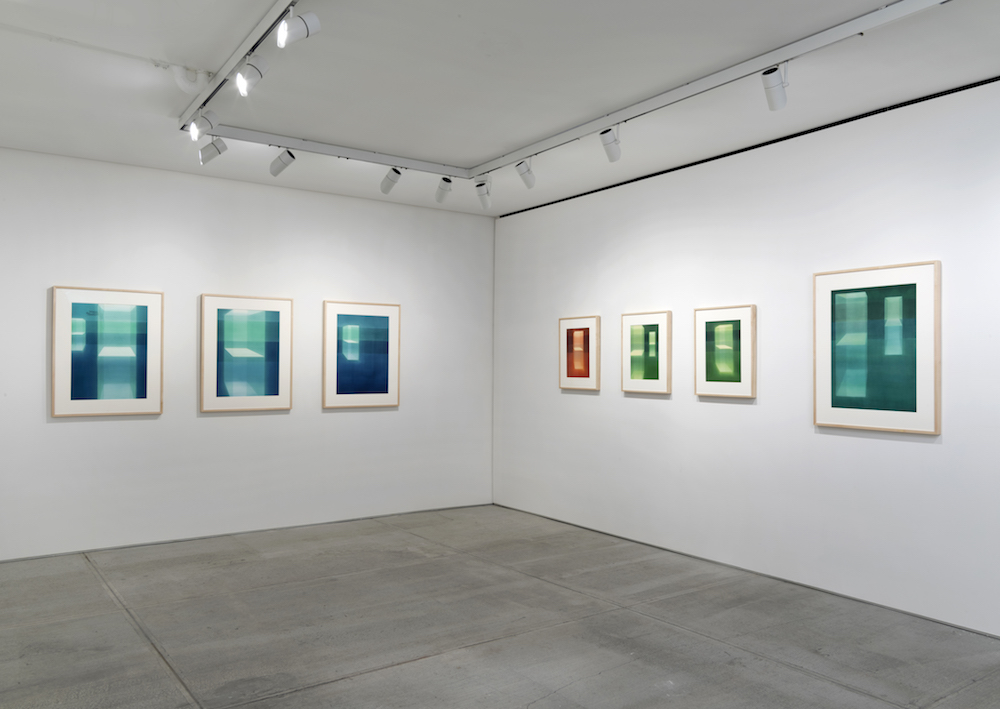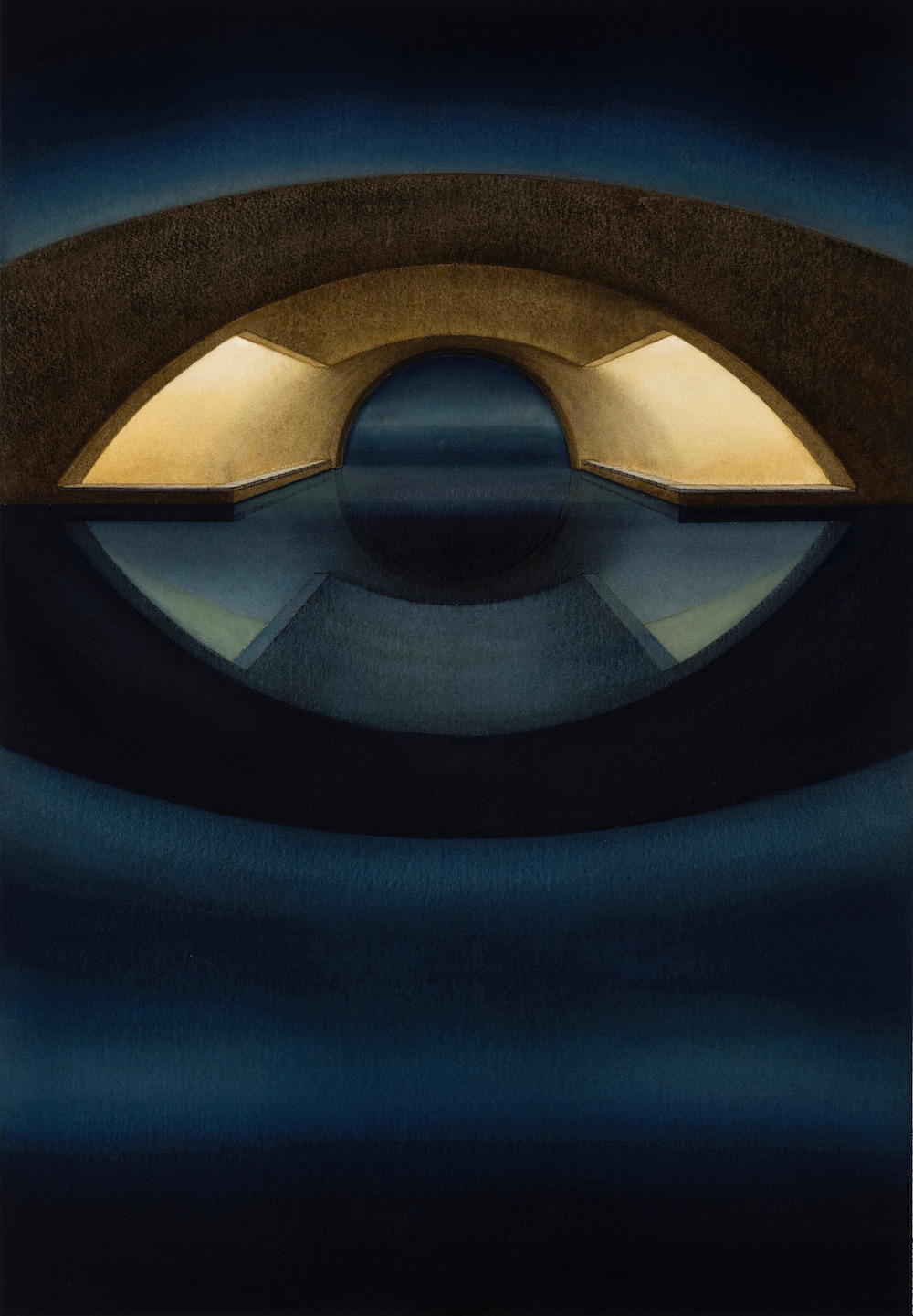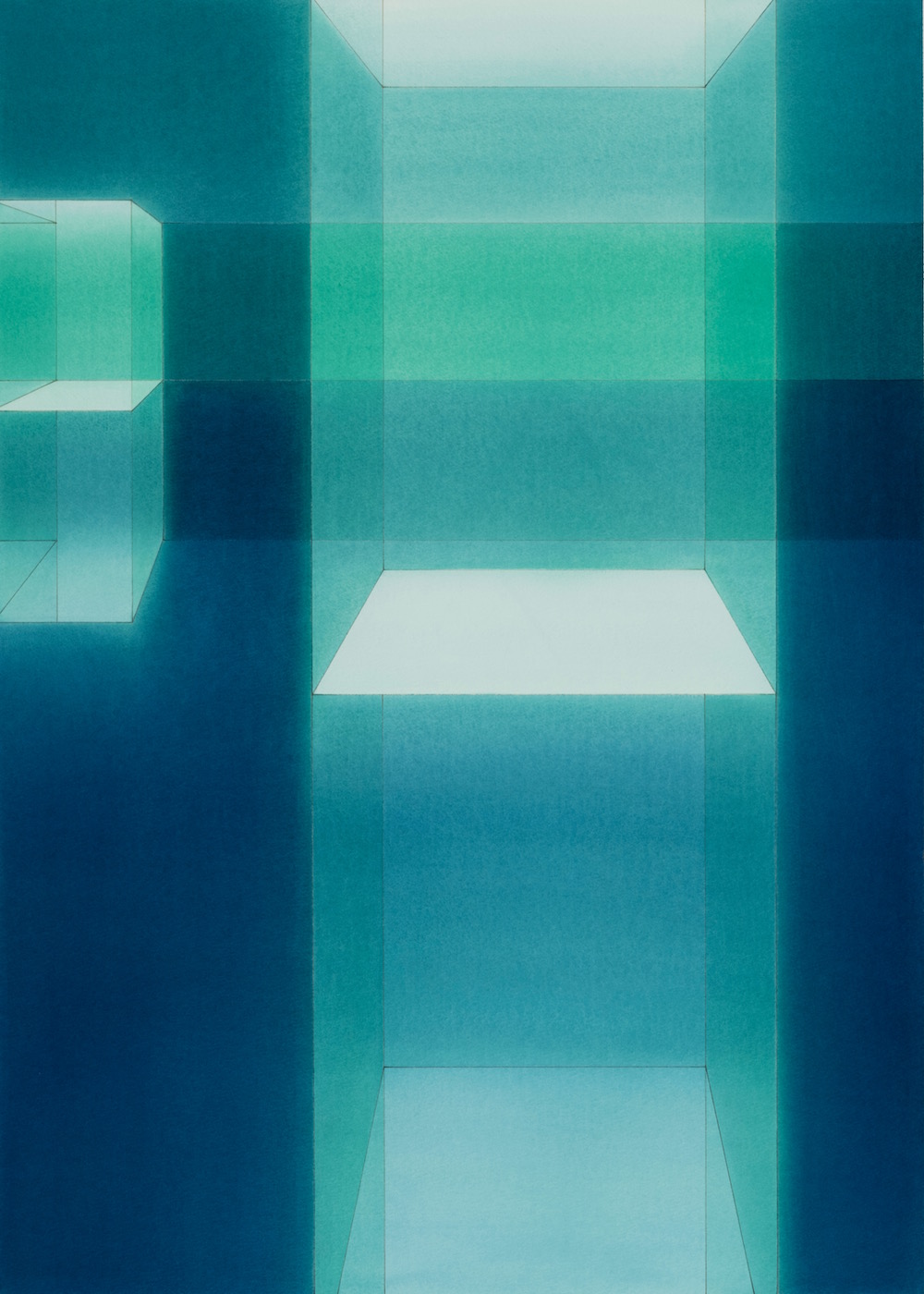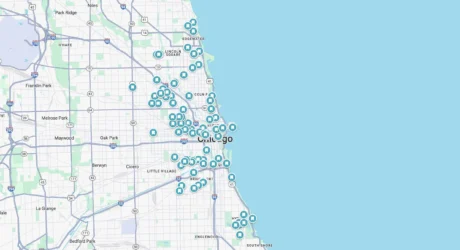This February David Totah opened New York’s Totah Gallery with a joint exhibition of works by Alighieri Boetti and Mel Bochner. “We see TOTAH as a place of convergence for creative minds,” the gallerist tells Sarah Crown, “more like a cultural hub than a traditional gallery.”
You opened your own gallery earlier this year with the inaugural exhibition Verba Volant, Scripta Manent, pairing the Italian artist Alighieri Boetti with the American Mel Bochner. What made you open a gallery and what was behind the decision to choose these two artists?
One of the main motivations behind my decision to open a gallery was to allow for exploration and creative connections to materialize through each project.
When I met Mel Bochner for the first time, I told him he was my American Boetti. That statement amused him. He then told me that he had met Boetti in the early 70s in Italy and that they had exchanged works. I wanted to reveal these two artists’ similarities and yet show the significant contrast in each’s visual style and in their respective messages. Both Bochner and Boetti lead a similar path as major conceptual artists in their respective countries and both were interested in exploring language as a way of artistic expression. Both explored unconventional media: cotton embroidery for Boetti and velvet for Bochner. Both artists have a way of making their works visually appealing, allowing conceptual art to lose its self-imposed aseptic aesthetic, and making it sexier and appealing to those not necessarily sensitive to the “conceptual”. Mel’s irreverent sarcasm and sharp colourful contrasts make his work so contemporary and so approachable to all generations. Boetti’s mystical phrases on embroidery make them timeless.
Verba Volant, Scripta Manent was also a way of bridging my childhood spent alongside Boetti — who was close to my family, often present at home in Italy and shown by my uncle at his London gallery — and my adult life as a NY dealer and friend of Mel Bochner.
Verba Volant, Scripta Manent (from Latin: Spoken words fly away, written words remain) is the title of one of Boetti’s embroidered canvases. Both artists use letters and words, and the meaning goes beyond the visual content. I can for example connect well to La Persona e Il Personaggio (The person and the personage, Boetti, 1985) when I think about current discourses about ourselves on and outside Social Media. Or when I look at Bochner’s Complain (2009) or Bla Bla Bla (2015), I think about the discomfort many people experience in many current social environments. What do you think about this and do you have a favourite work that talks to this or another issue that you find especially relevant to contemporary society?
The title Verba Volant, Scripta Manent is a tribute to my intention to make a show only about word-works from both artists, a nod to Mel’s Blah Blah Blah works, and also a statement in line with my frame of mind that is also linked to the gallery’s focus on actions versus unnecessary talk. La Persona e il Personaggio relates to Boetti’s decision to split himself in two: Alighiero (the private person known to his intimate circle) e Boetti (the artist, the public figure). Boetti may have used this as a way to protect himself from the broad public and maintain some sort of distance from the outside world. A vast majority of us feel the need to construct a persona to get reassurance; to fit in with society; to be accepted; not to be marginalized. The fact that self-worth is determined by external approval has always been present in the history of humanity. Social media has just magnified this factor. Human behaviour is the same, it’s the tools to communicate that have gotten more sophisticated.
Today we have the mixed blessing of being able — through technology — to be and be visible contemporarily and everywhere. At the same time, we are more and more lost in this ocean of contentless information and images. The vision of ourselves is determined by the approval by others, e.g. likes or feedback, and the communication aims to provoke attention rather than to convey content. The consequence is a loss of identity and worse, the loss of identification with the inner self. What is the place of TOTAH Gallery in this context?
At TOTAH we value technology and its advancement. Technology has created connections and removed geographical, social and cultural barriers. On the other hand, I was never comfortable with the invasion of privacy that was associated with it. Being a very private person, I’ve never had a Facebook account or any other, but I started an Instagram account last year before opening the gallery to give people a glimpse of my identity and my artistic sensitivities. I broadcast a silent stream of images, hosting a virtual gallery, which I hope can connect like-spirited humans and channel my messages. We do however understand the limitation of these virtual exchanges. If the intention becomes to impress or seduce an audience, rather than communicate one’s true self, one can loose one’s identity. In the long run what really counts is maintaining the integrity of a message and that means not succumbing to the popularity contest — the likes or followers frame of mind.
This leads to my next question. In ‘being everywhere and at any time’ is a recognition that our experiences are considered for granted. I think that these works of art do question this, and they do it in a strong way. What do you think?
TOTAH ultimately believes in the alchemy created by human interaction and envisions our space to be a nexus for inspiring encounters between art, artists and viewers.
Through technology we have become accustomed to that impression. Technology gives us a glimpse of something anywhere in the world, satisfying our curiosity without our experiencing it firsthand. Looking at images of incredible landscapes is nice but it will never bring us the feeling of actually being there. It’s the same for art. Looking at images on a screen can satisfy our curiosity but it won’t allow us to feel a true connection with the artwork. Looking at art must be an experience. One must be in the presence of the art in order to feel and determine whether it is an inspiring connection or not. The works in the Bochner-Boetti show are a good example of this. Boetti’s cotton embroideries, the mysticism of his words and their timeless workmanship can only be felt standing in front of them. Again, with Bochner, the full impact of his work can only be felt in person: the way the velvet absorbs the light while the thick layers of oil paint reflect it, allowing his abrasive words to pop out and inevitably provoke a reaction in us.
Observing the artists in this aspect (contemporary and digital communication) the works of both acquire a new character and we can say that Boetti’s statements have a quite futuristic and universal quality. Amazzare il tempo (Killing Time, 1982), L’infinite possibilità di esistere (The Infinite Possibilities of Existence, 1990 ca.), or Da figura a veritas (From Form to Truth, 1982), just to name a few, speak to me so much about the possibilities that the use of social media offers for a very different way of communication and defining ourselves.
I think Boetti was on a quest to find mystical truths and that has a timeless aspect. Those who are on a quest juggle between personal experience, reinforced by established discoveries, and a need to communicate a vision. Social media allows each of us to create and communicate our own message. Anyone can become a messenger to a large crowd. This is a turning point for artists at a time where traditional media’s objectivity and independence are increasingly questioned.
Your last exhibition was a solo show of the Italian architect and artist Lauretta Vinciarelli, who is both a well-known person in the art world and still a discovery for many non-professionals. She is also one of the three artists currently on your artist roster. Are you planning to add more artists to this list? How do you select them? Can we expect another solo exhibition in the near future?
As far as Lauretta, the only artist on our roster who is no longer alive, she was in fact not well-known enough (considering her relevance) except to a small circle of intimate friends and colleagues, often connected to her profession as architecture professor or her long time partnership with Donald Judd. We are fortunate to have helped in allowing a wider audience to discover her. It was important for me that we enable her to transcend those previous associations, so that she could be seen for her artistic talent, specifically her ability to emulate light and to give a sense of (the) void, so strongly present in her later works, somehow overlooked during her lifetime. Now the MoMA has acquired the majority of her works with the intention to give her a retrospective.
We see the roster as our family and we intend to take our time, growing our programme gradually and organically, and building solid relationships based on alchemy. This process is in line with how I have been collecting over the years — an instant attraction to the artwork that inevitably leads to a connection with the artist. We will soon announce another addition to the gallery of a Los Angeles based artist.
As a critic and curator I am observing the tendency of rediscovering older artists and pairing them with very young talents, or showing them in contemporary contexts. Do you agree? Is that also part of your exhibition concept?
It has become a tendency, especially in light of the astronomical prices attained for certain young artists whose longevity is ephemeral, for dealers to return to older artists who have been overlooked, and who may present a more interesting angle in the long run. Since I was very young, I have been exposed to artists ranging from the cubist period to the present, and as a collector and private dealer, I have always (comfortably) hung various periods juxtaposed. During my finance days, when I used my offices as a small gallery, I instinctively mixed young talent and established historical artists. One of TOTAH’s objectives is to explore connections, bridging different periods in a single context. Our upcoming exhibition, Cosmic Connection, will be a group show with artists from the 1800s through today.
TOTAH has pioneered long term exhibition runs (both the first and upcoming show are three months long). This is more similar to a museum schedule, rather the one of a traditional art gallery. In addition, certain works of your exhibitions are not for sale and are being shown strictly for their historic or curatorial value. Can you speak more to how you think the gallery and museum model compare, contrast or complement each other and tell us about the mixed model you have chosen?
For now, this is the rhythm I feel comfortable with. The pace for shows over a year will be dictated solely by the number of inspiring ideas I have during that given period. The Boetti-Bochner show took a lot of time and effort to put together. Moreover, it was the first time the two artists were paired, and I wanted to give the audience the time to learn about us, and discover our new gallery.
It seems that all we do these days is dictated by time and contingencies and I think that when it comes to having an experience with art, time should stop — at least for some time. We are bombarded with openings, new shows, new galleries, multitudes of fairs. The audience is saturated with events to attend, so we’d like to give them more time and relieve some of the pressure.
My intention is to build a cultural hub rather than just a gallery, and historical works on loan will often be part of what we do. Whereas museums often have (comparatively) unlimited resources, their program is set years in advance and there can be a lot of politics involved in the process. A small advantage to being a gallery is the nimbleness made possible by centralized decision making.
You say you’ve specifically chosen the Lower East Side (LES) for TOTAH. Journalists are reporting that the LES is in a “gallery boom moment”. Did this factor into your choice to move to this location? What role do you see yourself playing vis á vis the community, the neighbourhood?
The Lower East side was a natural choice for TOTAH, as the neighbourhood combined both a sense of freedom and authenticity — the most important values at the core of our space. When I was scouting for a location, the historical heritage of the LES was very palpable and its scale made it more human and warm than any other part of Manhattan. This matched our intention to defy definition and transcend limitations.
During our renovation, we made a point to preserve historic elements of the building. But gentrification happens fast and we are lucky to be far east and surrounded by community gardens and schools. We invited Kenny Scharf to paint TOTAH’s gates and to bring back his magic touch, recalling his part in the history of the street art scene in the East Village of the 80s. We also launched a screening program twice a week, open to the public and free of admission, in the very neighborhood where the avant-garde film scene of the 60s and 70s was born.
We see TOTAH as a place of convergence for creative minds, more like a cultural hub than a traditional gallery and hope we can contribute to improving the area while retaining its soul.
Intuition, synchronicity, metaphysics, those are all topics in which you are very interested. Will this reflect on your future choices of artists and exhibitions?
I follow my intuition on every decision I make even if at that very moment it doesn’t appear to make sense. My instincts have guided me so far, always towards the right works of art, people and places. In my late 20s I started getting interested in Jung and eastern philosophies. It helped me better understand certain aspects of my life that seemed surreal at times. I became more open to seeing signs and what they could mean in a given context.
I don’t believe in coincidences, nothing is random. I believe in synchronicities and they are meant to help you follow your bliss. I am intrigued by artists who have a way of translating mystery into their work. It can be abstract or figurative, it’s not an image, it’s an energy that will pull me towards that work of art or not. I’ve realized after years of collecting that what I am able to read from an artwork is the soul of the artist. If I feel a connection, I become a hunter, not satisfied until I understand what is making me feel that way. Mystery, mysticism, metaphysics will always be a focal point in what I will engage with for the gallery.
You recently became an American citizen. Currently, the artists you represent are all European. Can you share a little more about your desire to unify apparent distances and how you see the difference between European and American artists? How do you think your European roots may bear upon who you work with or how you work together?
Yes, after 22 years in the US, I finally decided to become a citizen. Although I grew up in Europe, the U.S. has become my home and now I feel like I belong here more than anywhere else. Interestingly, two of the artists on the roster are also originally European, but chose to live in the U.S. early on in life: Lauretta Vinciarelli (Italian), and Aleksandar Duravcevic, originally from Montenegro, who has been here for over 20 years. Although I probably retain some European sensibilities, I make no distinctions between countries or cultures, and in fact, since I was very young, I have been open, curious and attracted to breaking boundaries of any types. TOTAH’s artists will be chosen based on recognition of talent that does not need cross-cultural translation; artists who project a message that can touch anyone regardless of origin.
TOTAH reopens on 6 October with ‘Cosmic Connections‘
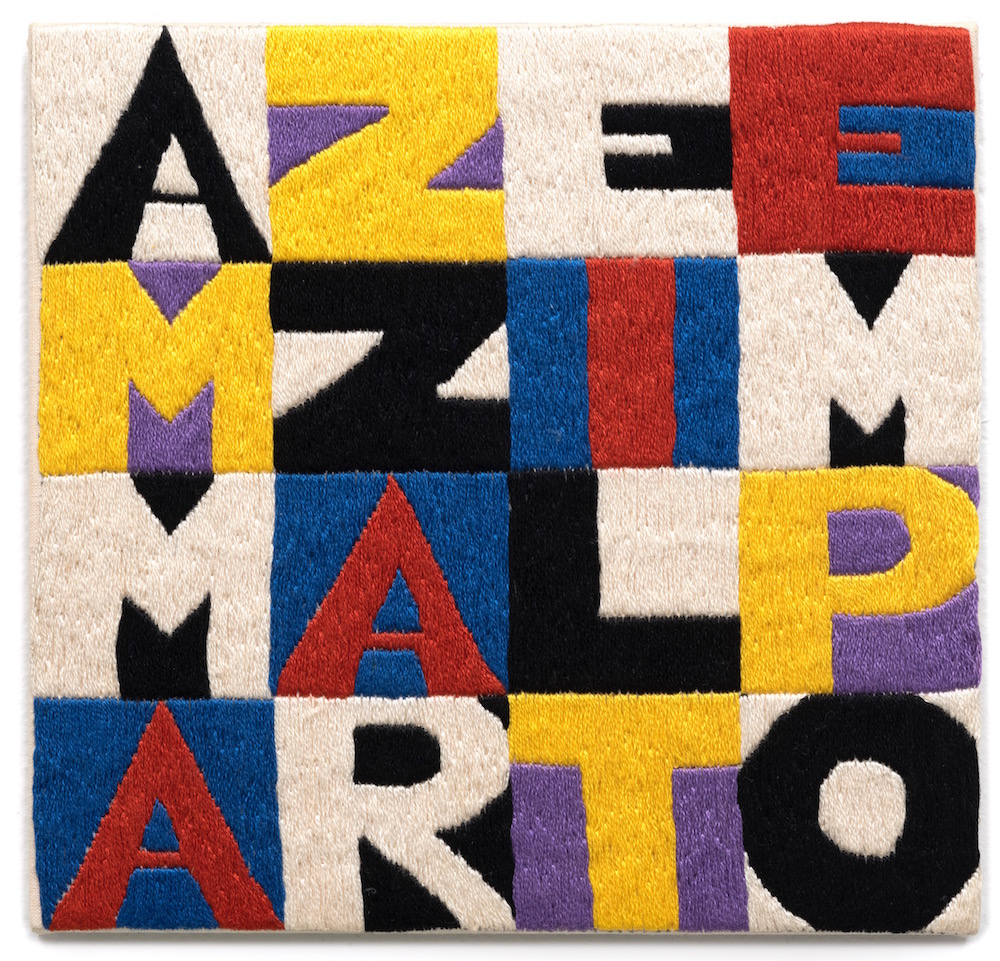

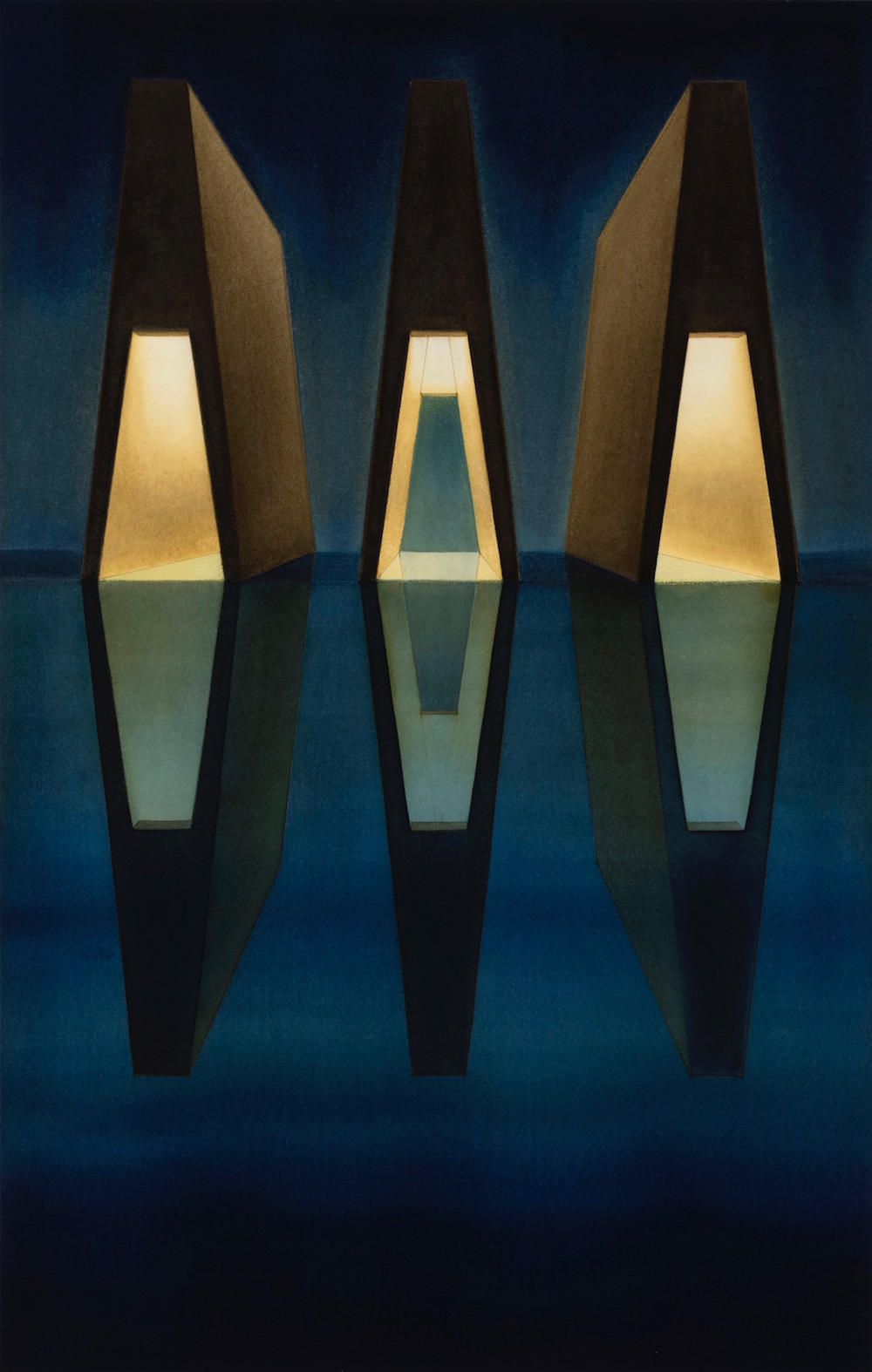
Lauretta Vinciarelli, Night Nine, 1996. Image courtesy TOTAH Gallery
